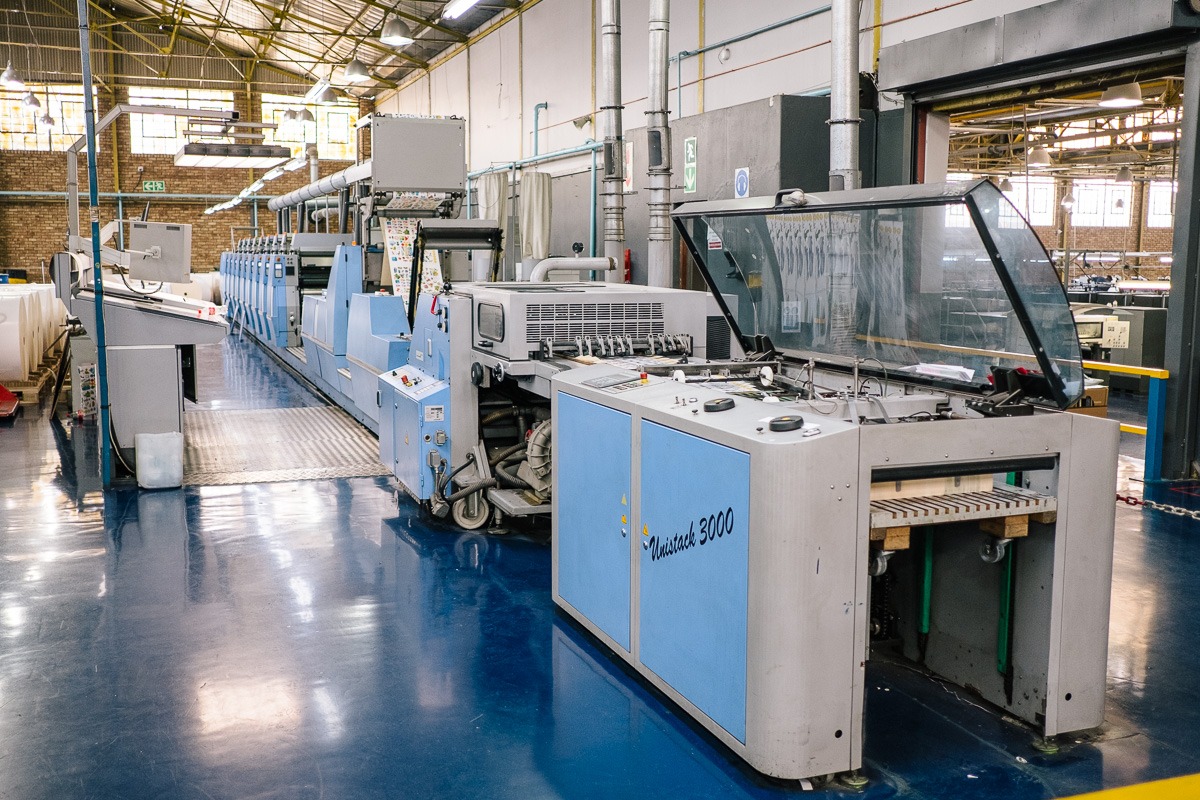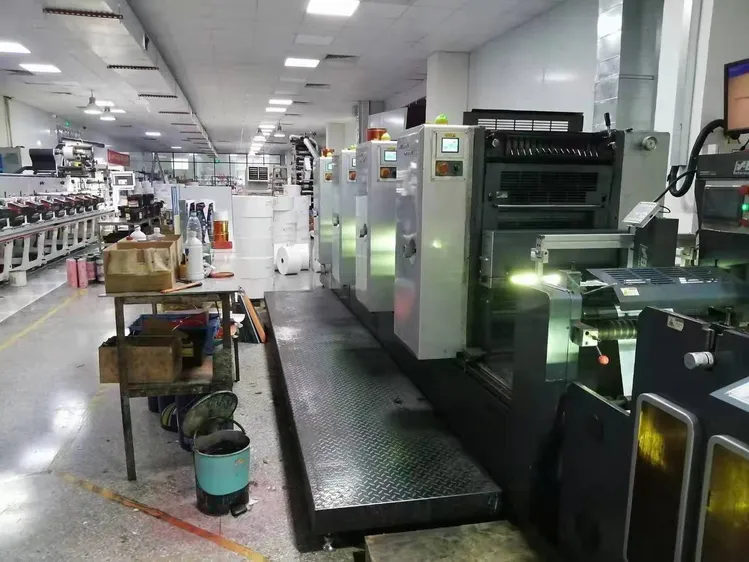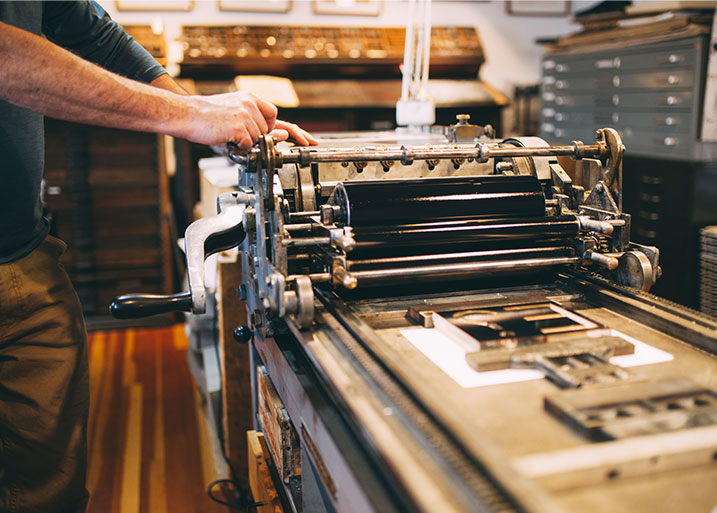The future of anti counterfeit printing holds immense promise as technology continues to evolve at a rapid pace. As the global economy expands, the need for robust anti-counterfeit measures becomes increasingly critical. Counterfeit products not only harm businesses but also endanger consumers. Leveraging advanced printing technologies can significantly reduce the incidence of counterfeiting, thus safeguarding both brands and consumers.
In recent years, developments in anti counterfeit printing have shown great potential. This article will explore the innovations and trends shaping the future of this vital industry.

Understanding Anti Counterfeit Printing
Anti counterfeit printing involves techniques used to prevent the replication of products by unauthorized parties. This field encompasses a variety of methods designed to protect products, packaging, and documents from being illegally copied or tampered with.
Importance of Anti Counterfeit Printing
Counterfeiting is a global issue affecting numerous industries, including pharmaceuticals, electronics, and luxury goods. The impact of counterfeit products can be detrimental, leading to revenue losses, tarnished brand reputation, and potential harm to consumers. Thus, the implementation of effective anti counterfeit measures is crucial for businesses.
Key Technologies in Anti Counterfeit Printing
Holographic Technology
Holograms are one of the most commonly used features in anti counterfeit printing. These three-dimensional images provide a unique, hard-to-replicate visual element that helps in verifying the authenticity of a product. Advances in holographic technology are making them even more secure and visually appealing.
RFID Tags
Radio Frequency Identification (RFID) tags are increasingly being used in anti counterfeit measures. These tags store information electronically and can be used to track and verify products. RFID technology provides an added layer of security by enabling real-time tracking and authentication.
Learn more about RFID tags in printing applications.
Special Inks
Another innovative approach is the use of special inks that change color or become visible under specific conditions, such as UV light. These inks are difficult to replicate, providing a reliable method of verification.
Trends Shaping the Future
Integration with Blockchain
Blockchain technology is being integrated into anti counterfeit printing processes. By providing a secure, immutable ledger, blockchain can enhance traceability and authenticity verification across the supply chain, making it a formidable tool against counterfeiting.
Smart Packaging
Smart packaging is an emerging trend that incorporates digital technologies into packaging solutions. It allows for interactive and dynamic methods of product verification, enhancing consumer engagement and security.
Overt and Covert Features
The use of overt and covert security features is becoming more sophisticated. Overt features are visible to the naked eye, while covert features require special tools for verification, offering multiple layers of security.
Challenges and Opportunities
Cost Considerations
One of the main challenges in adopting advanced anti counterfeit technologies is the cost. However, as technology advances and becomes more widely adopted, costs are expected to decrease, making these solutions more accessible to businesses of all sizes.
Global Collaboration
Addressing counterfeiting requires global collaboration among governments, industries, and technology providers. By working together, stakeholders can develop standardized solutions that are effective across borders.
Consumer Awareness
Educating consumers about the importance of anti counterfeit measures and how to recognize them is vital. Increased consumer awareness can drive demand for authentic products and support the efforts of businesses in combating counterfeit goods.
The Role of Regulations
Governments around the world are enacting stricter regulations to combat counterfeiting. These regulations support the development and implementation of advanced anti counterfeit technologies, providing a legal framework for enforcement.
Conclusion
The future of anti counterfeit printing is bright, with numerous innovations on the horizon. By embracing advanced technologies, businesses can protect their products, safeguard consumers, and enhance their brand reputation. As the industry continues to evolve, collaboration and education will play pivotal roles in the fight against counterfeiting.
For more information on anti counterfeit solutions, visit Rotech Machines and Lithotech.

FAQs
What is anti counterfeit printing?
Anti counterfeit printing involves using various technologies and methods to prevent unauthorized replication of products, ensuring their authenticity and integrity.
How does RFID technology help in anti counterfeit measures?
RFID technology aids in real-time tracking and authentication of products, providing an additional layer of security against counterfeiting.
What role does blockchain play in anti counterfeit printing?
Blockchain technology offers a secure and immutable ledger for tracking products across the supply chain, enhancing traceability and authenticity verification.
This article contains affiliate links. We may earn a commission at no extra cost to you.







